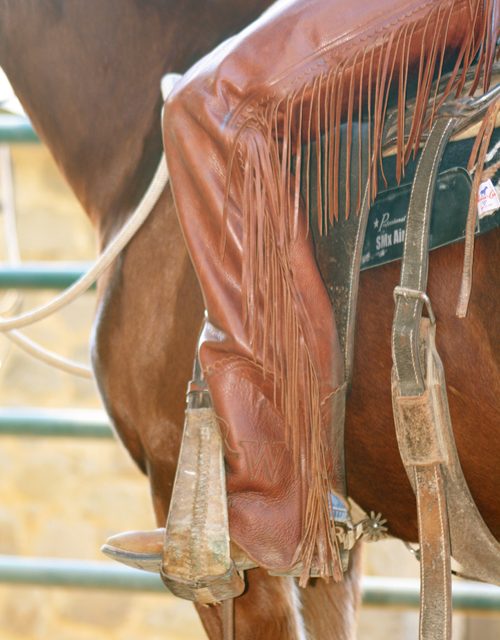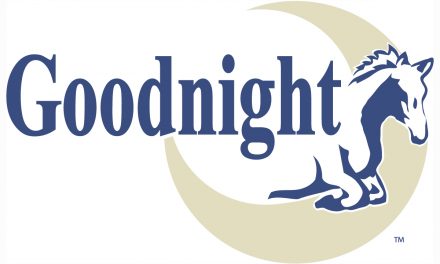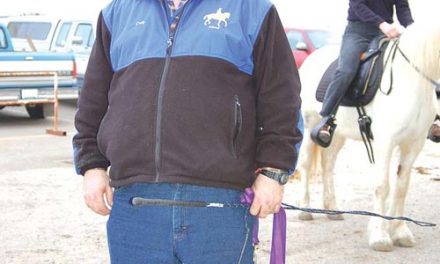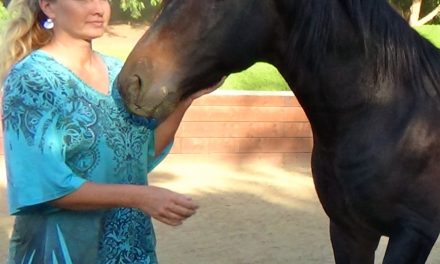PERFORMANCE HORSEMANSHIP WITH RICHARD WINTERS
Spurs are associated with horsemanship, right along-side bits and saddles. Yet there remains confusion and sometimes intimidation in regard to their use in some riders’ minds. This article is an attempt to “demystify” spurs and discuss who should use them along with when and how.
I’ve observed great horsemen and women all of my life. Whether they were English or Western riders, well over 90% of them rode with spurs. Beyond just looking cool, those riders understood the significant difference that spurs can make in communicating effectively with their horse.
A few years ago, as I was addressing the use of spurs at a clinic, a participant was quick to say, “I sure don’t need spurs! My horse already goes too fast!” This gentleman misunderstood the primary reason for using spurs. Spurs are first and foremost used for lateral movement. Yes, it’s true, kicking a horse with both spurs might cause him to go faster (or get you bucked off!) However, that’s not the principal function of the spur. The specific, direct touch of a spur can be very effective in moving a horse’s body parts, left and right, whether it is his shoulders, rib cage or hind end. Along with being a very specific cue, the spur will also help you reinforce a leg cue that a horse might be ignoring. If your horse moves freely and willingly off your leg consistently without spurs, that’s great. Spurs however, will allow you to back up the suggestion of leg pressure should your horse choose to ignore the cue.
Should you ride with spurs? My response would be, “Yes, as long as you can ride with an independent seat!” This means that you don’t grip below your knees to stay on or inadvertently poke your horse with the spurs unintentionally. I don’t ride with a perfect independent seat at all times. Therefore I remove my spurs when I begin training a colt. With so much unpredictability in the first couple rides, I don’t want to throw gasoline on the fire by accidently spurring my young horse. Once the colt is lined out and traveling comfortably, I’ll put my spurs back on and ride my horse with them for the rest of his life.
In order to properly cue your horse you need to know where to correctly position your spur on your horse’s side. The angle of your foot is very important. Turning your toe out and down will allow you to strategically place your spur right where you want it. There are three general areas on your horse’s side to place your spur.
1) Forward: Close to the front cinch. This area is most effective in moving your horse’s shoulders left and right.
2) Middle: Right where your leg naturally hangs. This moves your horse’s ribcage laterally as you would in a side pass.
3) Back: When you place your spur close to where the back cinch would lie, you are able to control your horse’s hindquarters in both directions.
You will not achieve the full benefit of using spurs until your learn to turn your toe out and down.
If your horse has not yet become accustomed to spurs then you have the responsibility to introduce him to their effect without scaring him. You can even do this as a ground exercise while holding the spur in your hand. Always be smooth. There is rarely a reason to poke your horse with the spur. Slowly pressing with your spur and then releasing when the desired step is achieved will give you the best results. As with any training technique, remember to be as firm as necessary, yet gentle as possible.
Spurs are not cruel or inhumane. No more than a bit in your horse’s mouth. When abuse takes place it has little to do with the object and everything to do with the handler. Great horsemen, and women, use spurs to refine maneuvers and develop higher degrees of subtle communication. With some clear direction, understanding and practice, this piece of equipment can help you reach the next level on your horsemanship journey.






